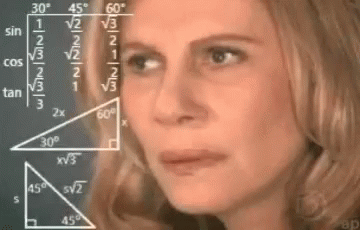Disney’s animated Beauty
and the Beast contains the ever-loved protagonist Belle, an intelligent,
kind, and strong-willed woman. In fact, if you simply Google 'Beauty and the Beast', you are shown a slew of nothing but Disney, Disney, and more Disney.
| All you need is Google! Pic taken by me from Google |
But, when one delves into literature and the various
versions collected from around the world, that version is nowhere to be found.
If anything, she is a mixture of two specific tales- Jeanne-Marie de Beaumont’s
“Beauty and the Beast”, and Angela Carter’s “The Tiger’s Bride”.
Both stories contain familiar elements of the Disney
classic. The de Beaumont version contains such reminders of the well-known
animated classic such as the kind and beautiful, sweet daughter of a single
father. How Beauty’s father gets lost in the woods due to poor weather
conditions is something mentioned in the Disney version. Other familiar themes
include Belle/Beauty becoming familiar enough with the Beast to feel
comfortable enough to be around him daily, as well as the idea that Beauty
misses her father terribly, goes to ensure his health, before returning to the
Beast to live happily ever after.
However, while I find this tale to be the closest to both
Disney’s animated version and the live-action, there is something missing. Disney’s
Belle is known for her witty personality and her strong will. That is something
found within Angela Carter’s protagonist. Described similarly as a beautiful
woman, this woman is truly the feminist protagonist that many tales and their
many versions are lacking. The lady of the tale refuses to give into the Beast’s
demands- practically telling him that if she does not give into HIS demands, he
must give into HERS. Finally, in the end, she, herself, turns into a beast- a
tigress. Interestingly, when it comes to tigers and tigresses, the males are
generally more tolerant of other males. Females, on the other hand, are much fiercer
and more protective.
 |
| Beauty's Father losing to the Beast at Cards- Pic found from Google |
However, if I had to pick between the two tales, I think I
would have to pick Angela Carter’s “The Tiger’s Bride”. Her protagonist has a
humor to her that I can appreciate and relate to.


